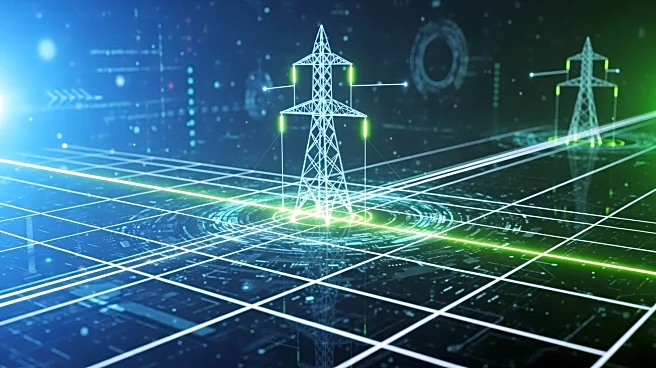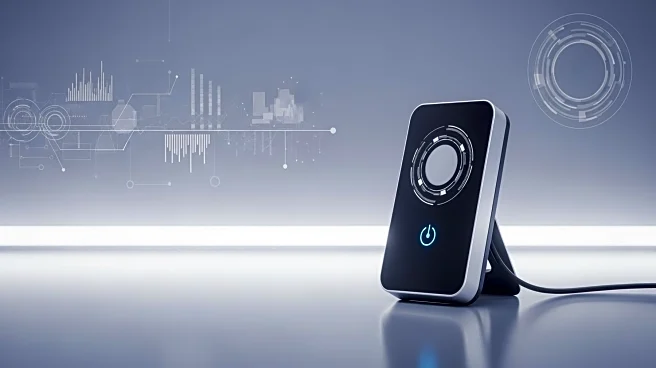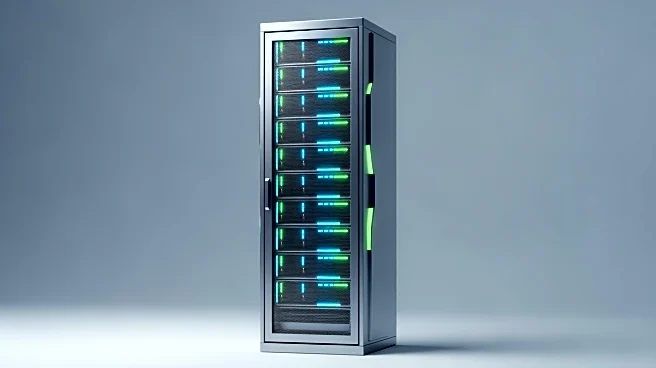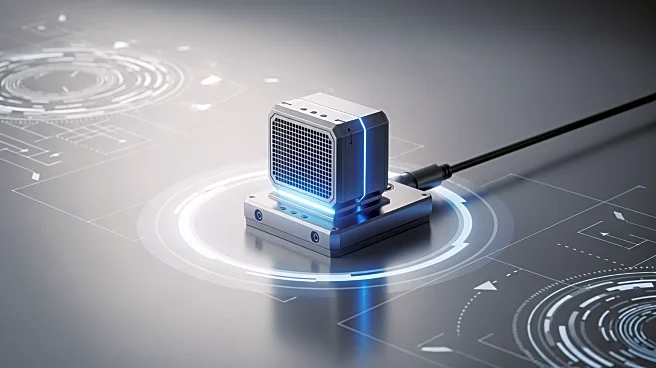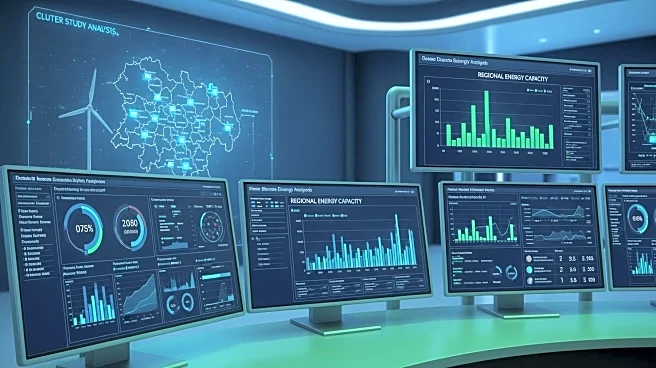What's Happening?
Utilities in the U.S. are increasingly turning to energy efficiency as a strategic tool to manage rising electricity demand and maintain grid reliability. With a projected 25% growth in electricity demand by
2030, utilities are focusing on demand-side management (DSM) strategies, including energy efficiency and demand response, to alleviate pressure on the grid. These strategies offer a cost-effective alternative to expensive infrastructure upgrades, such as new substations. By reducing system load, utilities can improve grid stability and reliability, while also keeping electricity costs affordable for consumers.
Why It's Important?
The emphasis on energy efficiency is crucial as it provides a sustainable solution to the challenges posed by increasing electricity demand. By reducing the need for new infrastructure investments, utilities can avoid passing on high costs to consumers. Energy efficiency also supports environmental goals by reducing overall energy consumption and associated emissions. Additionally, it fosters economic growth by creating jobs in the energy sector and supporting local economies. For consumers, participating in efficiency programs can lead to significant savings on electricity bills, enhancing affordability and trust in utility providers.
What's Next?
Utilities are expected to continue expanding their energy efficiency programs, leveraging advanced technologies like AI-powered analytics to tailor offerings to customer needs. Collaboration with state energy offices and local governments will be essential to bridge funding gaps and extend the reach of efficiency programs. As federal incentives for renewable energy fluctuate, utilities will need to adapt their strategies to maintain momentum in energy efficiency initiatives. The focus will likely be on integrating efficiency with other DSM strategies to create a comprehensive approach to managing demand and supporting grid resilience.


